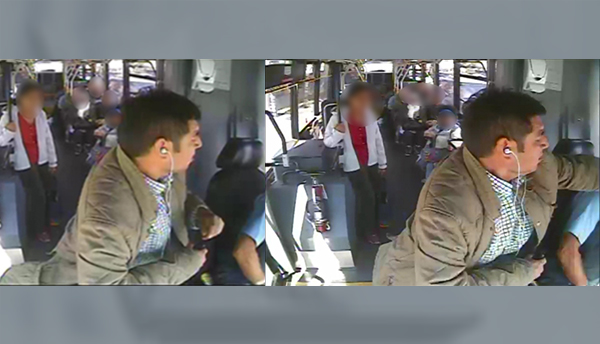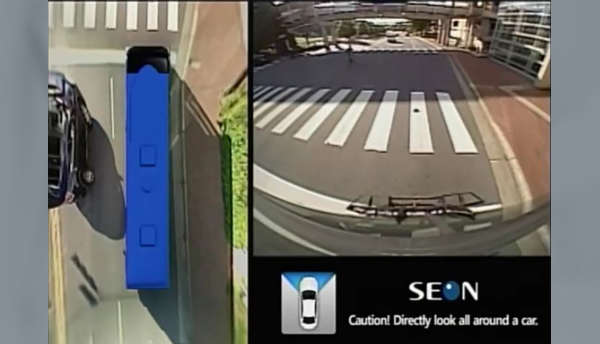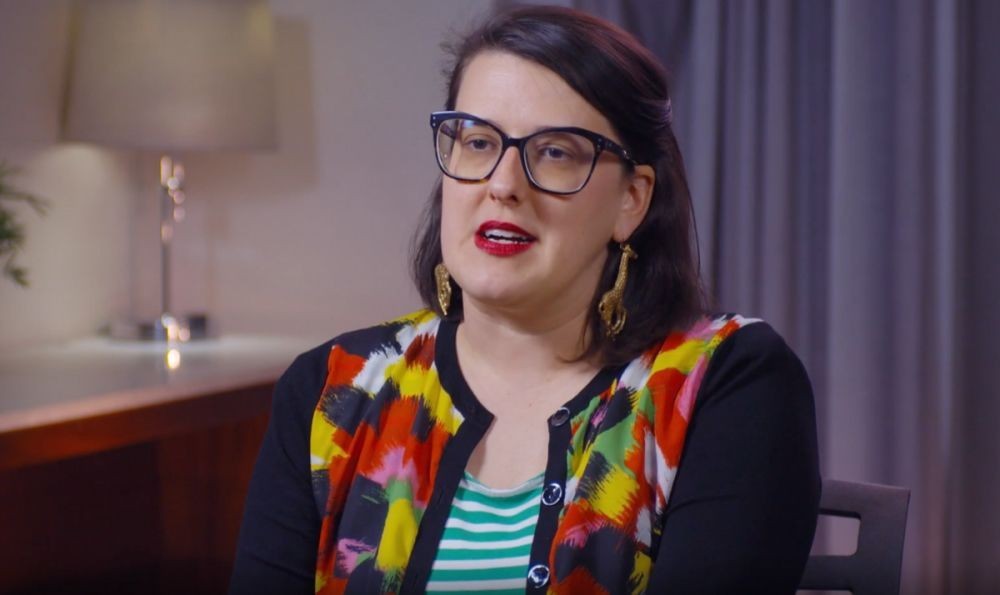When it comes to public transit safety, being proactive is vital. Between 2009-2013, injuries on buses totaled 40,636. Having to deal with settlements and paying for injuries or fatalities, in an already tight transportation budget, adds to your stress level as you oversee your daily operations. Using technology to help reduce the risk of incidents to your passengers or your employees will give you the ability to focus your attention on other priority issues.
To protect your fleets from costly (and stressful) liabilities and protect your passengers from danger on and outside the bus, more and more agencies adopt video technology. While some transit systems might still be considering the investment, Seon has researched how transportation teams use video to protect their passengers and drivers and what results they have achieved. Here are the top three benefits of video technology:
1.Reduction in Incident Investigation Times and Liability Costs
For BC Transit, focusing on safety means getting an accurate, timely view of what’s happening on their fleet. This is key to minimizing and addressing security risks for their passengers, operators and the agency as a whole. In 2015, BC Transit installed video surveillance systems from Seon on 108 buses in Victoria and Kamloops, BC, for a proof of concept project.
“When we launched the project, we wanted to prove three things: 1) video systems provide a good return on investment, 2) that the benefits will outweigh the expenses on maintenance and footage retrieval, and 3) that video can have a significantly positive impact on the efficiency of our fleet and the safety of our passengers,” said Stephen Anderson, Manager of Corporate Safety, Security and Transit Supervision at BC Transit.
“A year after the video systems were installed, we collected the results and evaluated the project. The outcome was impressive,” described Anderson. “Our safety and security team in Victoria reviewed 1,412 video events, only 512 of which led to ongoing investigations. Video footage was sufficient to resolve 64% of liability cases without further investigation. This is a significant number!”
The agency also noticed up to 700% reduction in incident liability resolution times.
Mobile surveillance also proved to have an impact when it came to assault and criminal cases. Over the 12 month period, video evidence led to a guilty plea by defendants in all cases. The significant expense of a trial and associated legal fees were completely avoided.
When an operator was assaulted aboard a bus in Victoria in September, the video captured the incident.

Because of the video evidence, the changes against the assailant were changed from simple assault and battery to egregious assault causing public endangerment.
Video footage was used to arrest the suspect and when he was shown the footage during the interview and presented with the likely charges and penalties, he pled guilty avoiding a costly trial.
2.Driver and Passenger Safety Improvement
Camera systems have proven effective in both deterring crime and capturing evidence of serious and traumatic incidents.
Since implementing video surveillance systems, another Canadian agency, Regina Transit, noticed a significant decrease in crimes on buses. “When passengers see that they are being monitored, they are less inclined to wrong-doing,” explained Arnold Buehler, the agency’s Manager of Operations and Training. “The most common approach from our operators has been to inform the customers that they are being recorded during an incident and this is often enough to de-escalate the incident.”
3.Maximized Driver Visibility: Elimination of the Deadly Blind Spot
In North America, every 10 days, one person is struck by a bus. One of the main causes of this sad statistic is blind spots on transit buses. Turning a several-ton bus is challenging, with left turns being especially dangerous.
The good news is there is a quick fix to eliminate bus blind spots. For the short term, using advanced perimeter safety technology while long term solutions such as structural changes to the design of buses and “Vision Zero” campaigns are put in place. Perimeter video monitoring solutions provide drivers with a clear, unobstructed, real-time view around the vehicle.
For example, Chapel Hill Transit, NC, uses Seon’s new inView 360 monitoring system with four cameras that are strategically placed around the vehicle to capture a 195 degree ultra-wide angle view of each side of the bus. These four views are blended and converted into a single “top-view” image (bird’s eye view) that is displayed to the driver in real-time on a dash-mounted monitor.

A split screen also displays a second view that changes depending on operating conditions. For example, when a driver employs the left turn signal, this will change the second screen view to the left side view. When the vehicle is traveling in reverse, the rear-view will be displayed automatically to aid the driver park in tight spaces and see pedestrians behind the bus.
Supported by a perimeter safety system, bus operators have more control of bus surroundings that significantly improve overall safety of transit for pedestrians and passengers.
As benefits of video surveillance safety technology become increasingly apparent, more and more transit systems are leveraging these tools to reduce their risk and save lives. As this trend continues and technology evolves, the question is what will be the optimal solution for your agency?
If you have more questions about how video technology can increase your passenger and employee safety, Seon will be at ThinkTransit: The Trapeze Technology Conference. Learn straight from the source about how you can reduce your risk.
As Vice President of Sales, Jeff has a strong, proven ability in the management of large teams and complex technical implementations with emphasis on project efficiency and profitability. Jeff is particularly interested in thin client and cloud-based computing systems, and focuses his time on the successful deployment of software solutions for businesses.
 Bus
Bus Rail
Rail Paratransit
Paratransit




